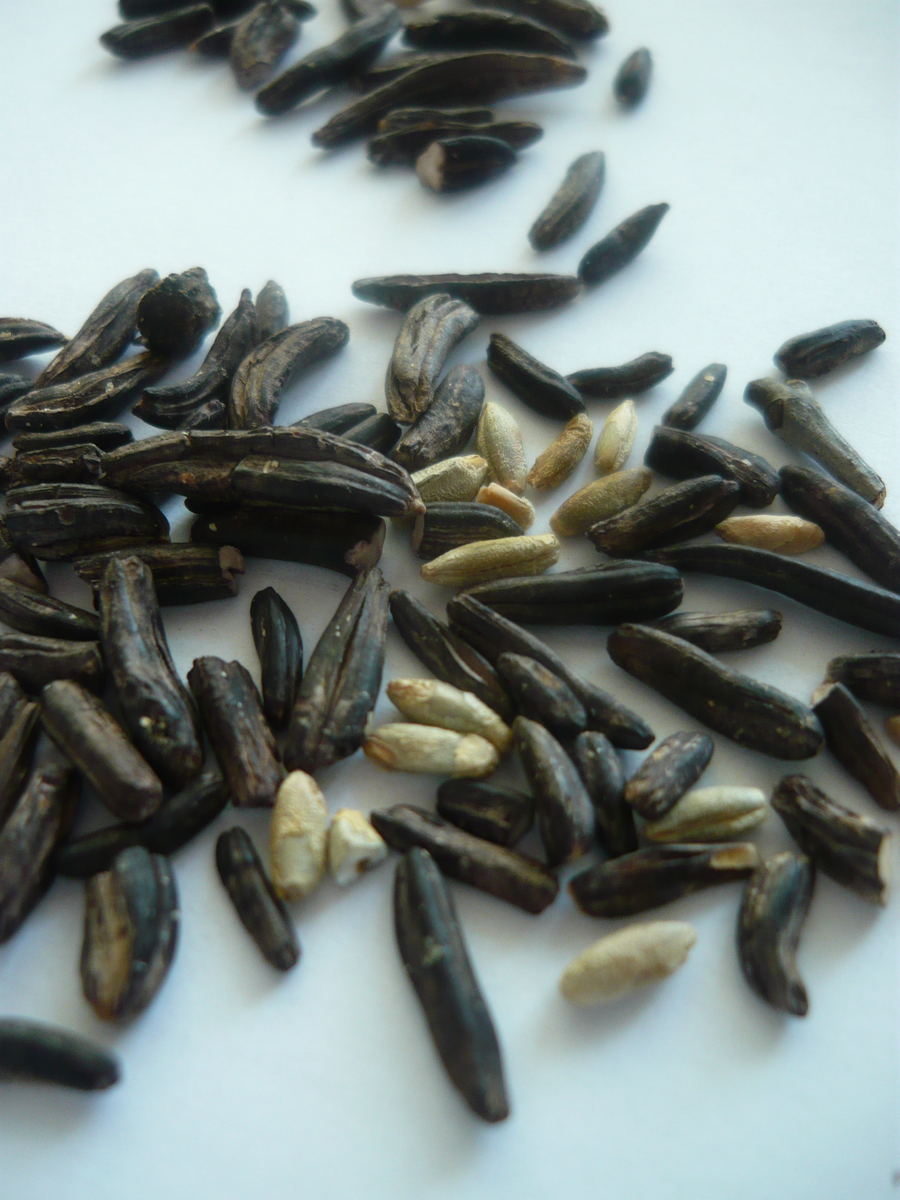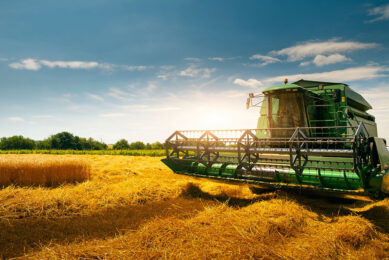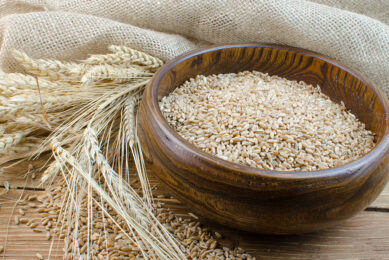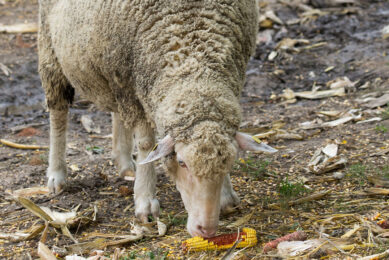Mycotoxins – a hazard in food and feed production

What are mycotoxins? There is a lot said about the toxicity, but how does it actually affect livestock animals and in turn us as consumers of animal proteins? This article takes you on a short journey into the world mycotoxins.
By Vera Traar, product manager Mycotoxins, Romer Labs
Mycotoxins are secondary metabolites of moulds, contaminating a wide range of crop plants and fruits before and after harvesting. These contaminated crops are toxic to humans and animals, and therefore, a major health issue for the consumer.
The presence of mycotoxins is unavoidable as they are environmentally induced. Therefore, testing of raw materials and products is required to keep our food and feed safe. The main classes of fungi producing mycotoxins are listed in Table 1.
Main mycotoxins
The most important mycotoxins in food and feed production are: aflatoxins, deoxynivalenol, ochratoxin A, fumonisins, zearalenone, patulin and T-2 toxin.
Aflatoxins can be found on a wide range of commodities including cereals, nuts, spices, figs and dried fruit. Aflatoxin M1, the metabolite formed from aflatoxin B1, is found in milk and dairy products. Aflatoxins are of major interest because of their impact on both human and animal health. Aflatoxin B1 is one of the most potent hepato-carcinogens known, hence, levels of aflatoxins in the diet are an important consideration for human health.
Trichothecenes (T-2, DON and others) are produced by various Fusarium species on many different grains like wheat, oats or maize. This group of structurally related mycotoxins have a strong impact on the health of animals and humans due to their immuno- suppressive effects. The main effects (related to their concentration in the commodity) are reduced feed intake, vomiting and immuno-suppression.
Fumonisins are a group of mycotoxins produced by Fusarium species and mainly affect maize. They have various effects on humans and animals, causing equine leukoencephalomalacia in horses, pulmonary edema in swine, and are suspected of influencing the formation of esophageal cancer in humans.
Ochratoxin A, B, and C are mycotoxins produced by some Aspergillus species and Penicilium species. Ochratoxin A, is the most prevalent and relevant fungal toxin of this group. It is known to occur in commodities like cereals, coffee, dried fruit and red wine. It is considered a human carcinogen and is of special interest as it can be accumulated in the meat of animals.
Zearalenone is a mycotoxin produced by Fusarium species and mainly occurs in grains and cereal products. Zearalenone is not acutely toxic, but is a problem because of its estrogenic effects on mammals. The negative effect on the reproductive systems makes it a real concern for the animal husbandry industry.
Several countries have established regulatory limits for mycotoxin contamination in crops to ensure food and feed safety.
Testing for mycotoxins
Consequently, food and feed producers need to test the prevalence of mycotoxins in their products.
Currently there are two major testing methods: Reference testing and Rapid testing.
Reference testing is done by high technology calibrators and can give accurate results, but is a time consuming method.
Rapid testing, on the other hand, provides a convenient and inexpensive analysis, which can also be performed in a field.
Source: AllAboutFeed magazine Volumn 21 nr 4, 2013
Join 26,000+ subscribers
Subscribe to our newsletter to stay updated about all the need-to-know content in the feed sector, three times a week. Beheer
Beheer









 WP Admin
WP Admin  Bewerk bericht
Bewerk bericht